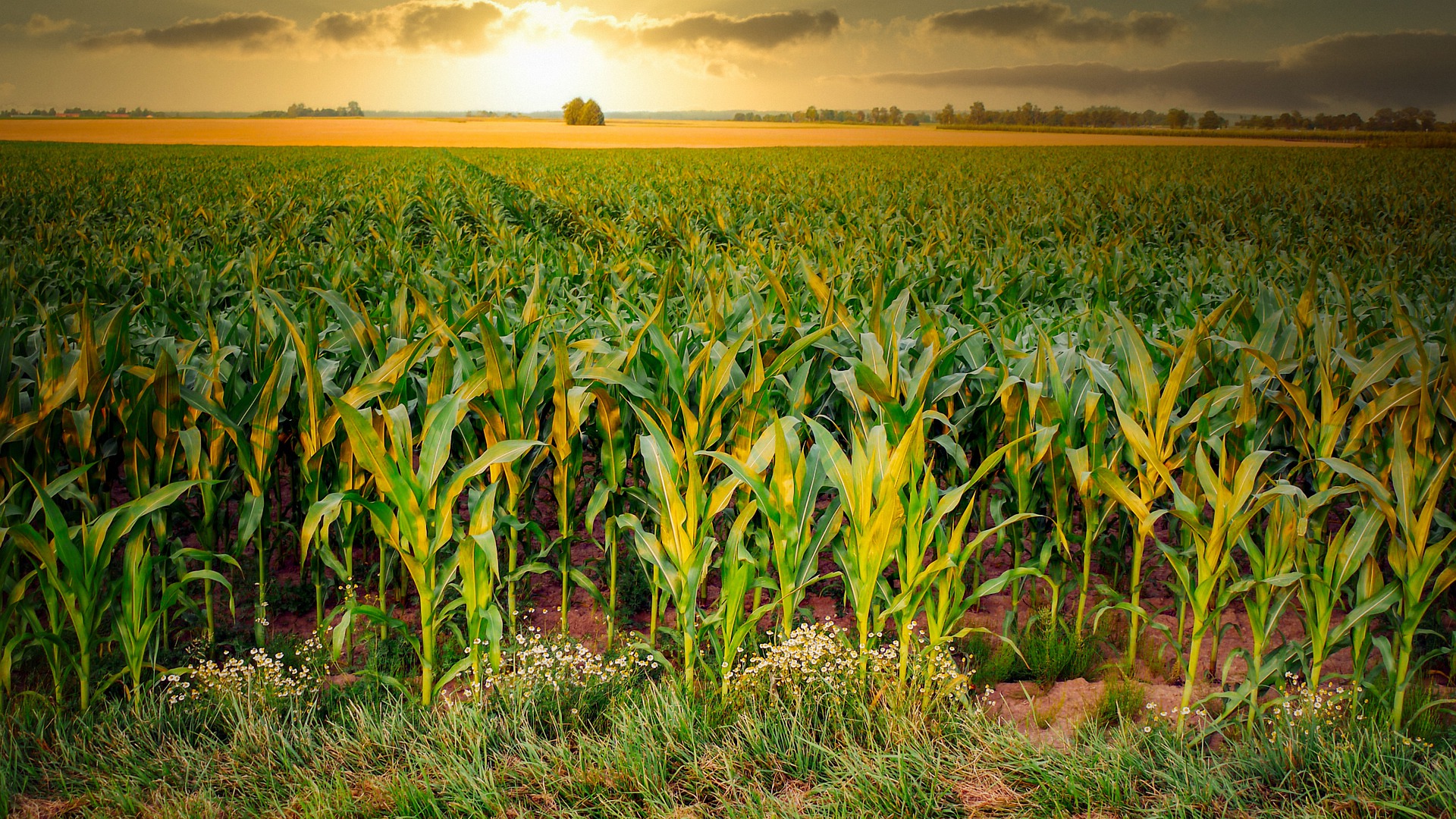
BLOG
Improved soil moisture across SA bodes well for agriculture activity

South Africa is having a great start of the 2020/21 agricultural season.
Most regions of the country have been receiving higher rainfall since October,
which is a period when summer grain plantings commence. Exhibit 1 from World
Weather Inc nicely illustrates the benefits of the rains that have adequately
improved soil moisture in various region of the country. In the week of 17
December 2020, only the northeastern Mpumalanga, southeastern Limpopo, western
Free State into Northern Cape and in far western parts of both Eastern Cape and
North West were still experiencing dryness.
Nevertheless, this is probably temporary. The near-term weather prospects show that within the next eight days, a greater part
of South Africa could receive between 20 and 90 millimetres of rainfall. Such
higher levels of rainfall would improve soil moisture levels in the
aforementioned drier areas and subsequently benefit agriculture. Importantly,
this is at a good time as summer crop plantings are mostly completed in the
country. The planting activity has generally been on time in the 2020/21
season, which is a great improvement form the 2019/20 production season where
plantings were delayed by roughly a month because of late rains.
Another important development which I have highlighted several times on Twitter is the La
Niña weather event, which underpins the current rains we have been receiving.
The recent reports from the South African Weather Service suggest that we could
continue receiving higher rainfall until March 2021 in the summer crop growing
areas of the country. As long as the expected rains are not accompanied by
heavy winds, the agricultural sector stands to benefit. For major summer grains
like maize, soybeans and sunflower seed, the period from now until February of
each year is crucial as it involves pollination stages of crop growth which
requires higher rainfall. The outlook from the local weather agency is a
positive signal that there will be sufficient moisture.
The higher rainfall isn’t only conducive for the crop farmers but all
agricultural subsectors – entire field crops, livestock and horticulture. The
higher field crops output would ideally mean that feed prices could soften,
which benefits the livestock sector. Importantly, the pastures will also be
improved by the rains which are to the benefit of the livestock.
It is ultimately, this favourable weather forecast and rains already
received that continue to give us optimism that South Africa’s agricultural
gross value added will register positive growth numbers in 2021 (although the
growth numbers are unlikely to be double digits as in 2020, in part, because of
base effects).
For a consumer, the annual food price inflation should also remain
contained and probably average no more than 5%, as I’ve recent indicated in the
previous posts. The earlier months of 2021, however, could show higher food
price inflation numbers due to elevated grain prices, and also meat prices on
the back of declining slaughtering activity. In terms of grain-related food
products, the pass-through could appear early in 2021 but soon dissipate after
the expected large grain harvests in the 2020/2021 season. In terms of meat,
there is a relatively higher level of uncertainty as improved pastures and
possibly lower feed prices could encourage farmers to rebuild their herds and,
in turn, lower the slaughtering activity. This is a view that has also been shared by the
colleagues at Beefmaster.

0 COMMENTS
LEAVE A COMMENT